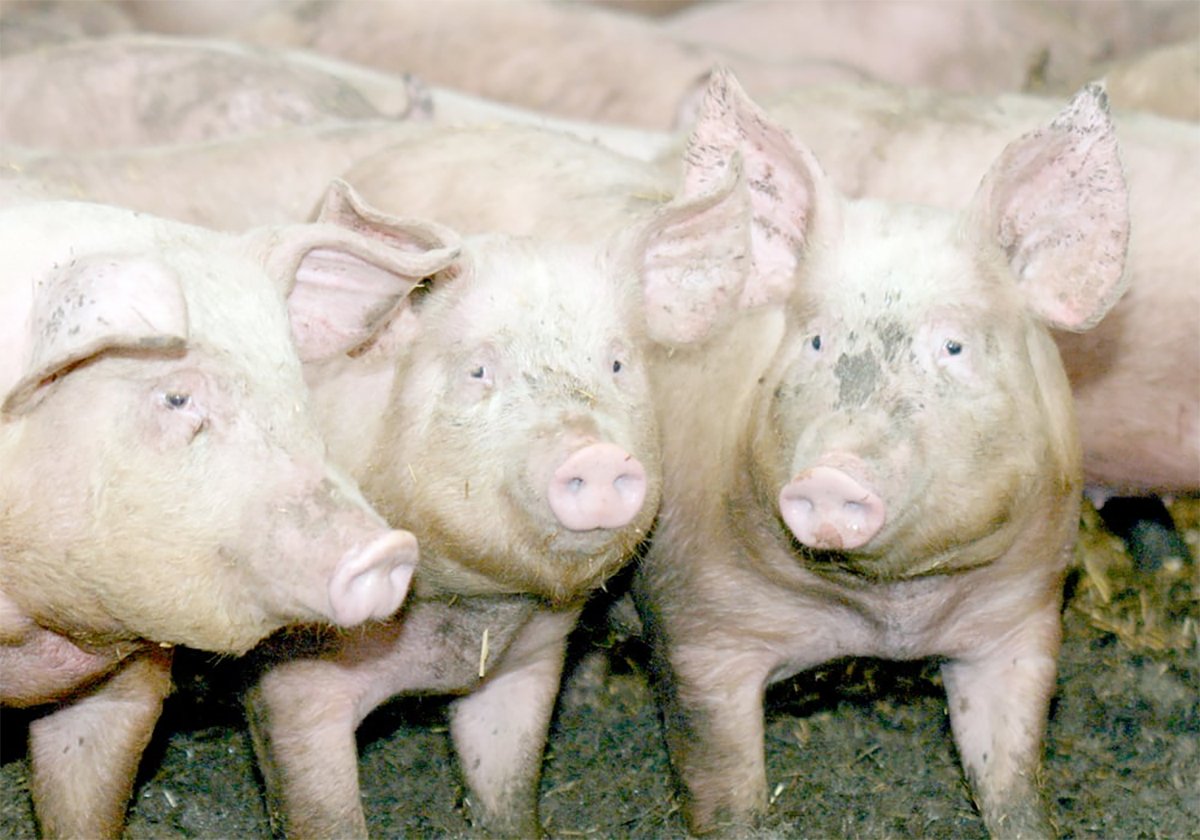Progress is being made on a strategy that could save the livestock industry and the Canadian economy billions of dollars in the event of a foreign animal disease outbreak.
Livestock groups and government are supporting efforts to establish zoning in Canada by the end of next year.
The concept works like this: in the event of a foreign animal disease outbreak in one zone, attempts would be made to convince trading partners that the other zone could be kept disease free, potentially allowing exports of livestock and related products to resume more quickly from the uninfected zone.
Read Also

The Western Producer Livestock Report – November 13, 2025
Western Producer Livestock Report for November 13, 2025. See U.S. & Canadian hog prices, Canadian bison & lamb market data and sales insights.
The goal is to divide the country into two zones: Western Canada and Eastern Canada. West Hawk Lake on the Manitoba-Ontario border would be the checkpoint for monitoring the movement of livestock between the two zones.
“All of the work is being done with a timeframe of a year from now for implementation,” said Betty Green, who co-chairs the West Hawk Lake zone border committee, which was formed through the Canadian Animal Health Coalition.
“I think it’s a very aggressive timeframe but the commitment to do it in that time is an indication of the need for it.”
The effort is backed by a study done on behalf of the coalition that showed zoning could spare the Canadian economy as much as $20 billion in damages if a severe animal disease outbreak was to occur.
The study showed that such an outbreak would affect not only livestock producers, but also government because of disease control and clean-up costs and the relief money that affected producers would need. As well, damages would extend beyond agriculture and food because a disease outbreak also has the potential to affect industries such as tourism.
“All you have to do is go to Britain and talk to them about the impact of their foot-and-mouth disease outbreak and they’ll tell you that it had a very far reaching impact and in many ways still does,” said Green, a past-president of the Manitoba Cattle Producers Association.
Among the issues under consideration are the regulations and enforcement that would be needed for the zoning and how the zoning would be funded. It appears the costs will be shared between the livestock industry and government because the potential benefits would extend to the general public.
With the checkpoint at West Hawk Lake, shipments of livestock between Western and Eastern Canada could be monitored. If an outbreak occurred, animals that had moved from the infected zone into the uninfected zone could more easily be traced. Complementing that effort would be the national livestock identification and traceability programs.
“It’s really a measure that would be used to try to mitigate the economic impact of a foreign animal disease,” Green said.
“The whole goal is to be able to shut down trade at that border and track animals that have passed through that border in the last two weeks in the case of an announcement of foot-and- mouth disease or avian influenza or classic swine fever.”
The Canadian Food Inspection Agency has approved the West Hawk Lake checkpoint, with the proviso that trading partners accept the concept.
“The position is basically that until it is accepted by trading partners at the concept level, it won’t be implemented,” said Maria Koller-Jones, a CFIA senior staff veterinarian in Ottawa.
“Any funding to put in place the infrastructure is all tied to trade partners accepting this as something they would recognize in the event that there was an outbreak.”
Discussion has started between the CFIA and the U.S. Department of Agriculture. Further discussions will be held in coming months, Koller-Jones said.
If the concept works, several zones could eventually be established in Canada. For example, in Western Canada British Columbia could be placed in one zone while the prairie provinces could be placed in another because the Rocky Mountains create a natural divide between the two regions.
That would potentially limit the effects of a disease outbreak to much smaller geographical areas.














